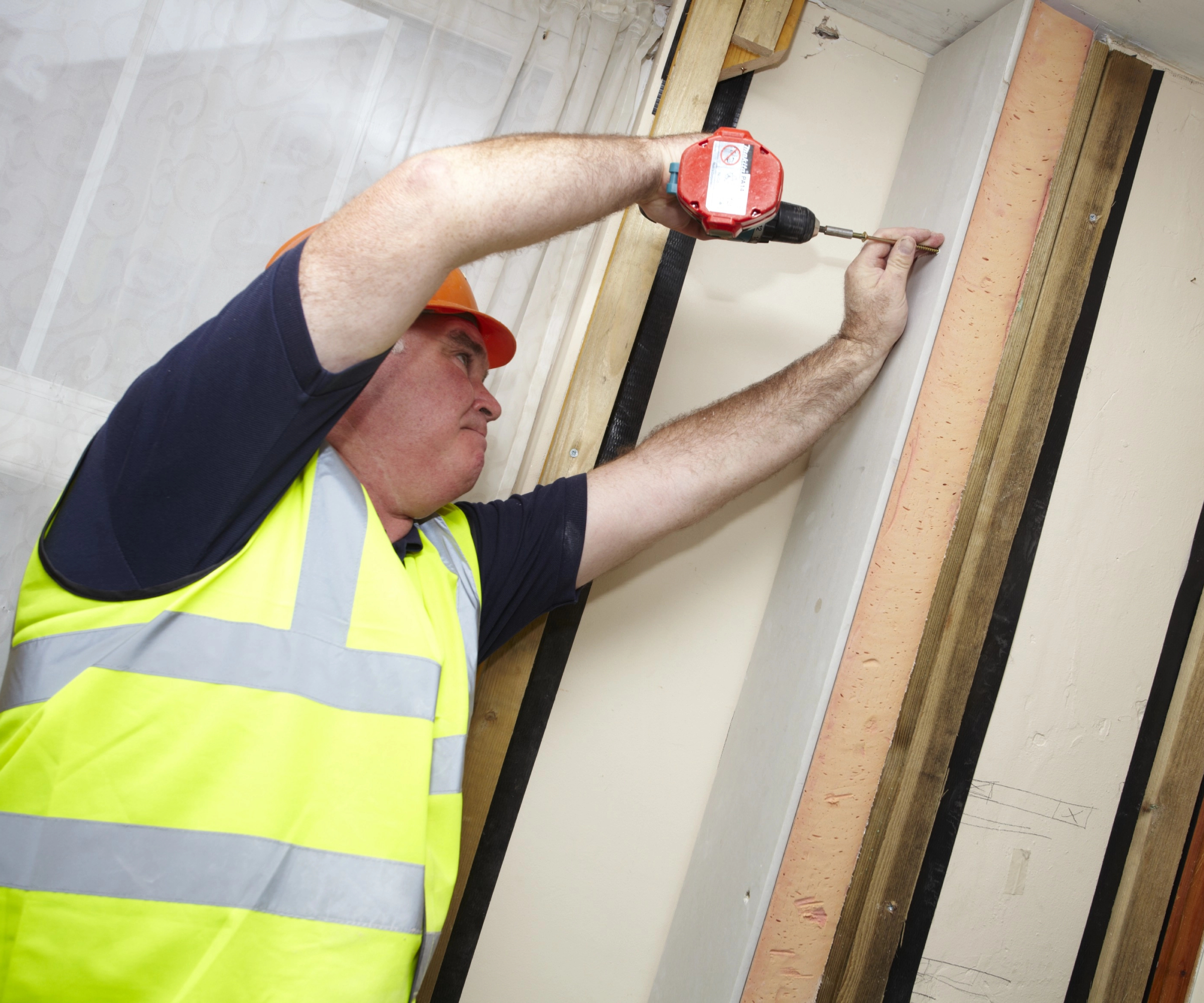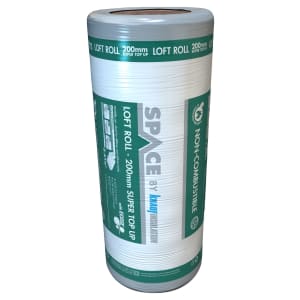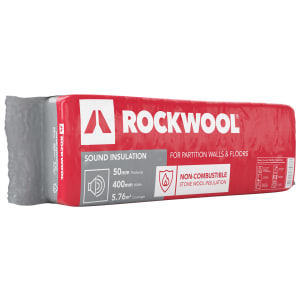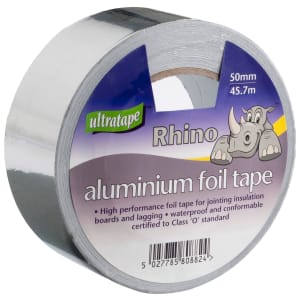How long does insulation last? Plus how to spot if it needs replacing
Insulation, like most building materials has a lifespan. But how long does insulation last and how do you know when it's time to renew it?

As a building material, insulation is incredibly important as it sets the thermal performance of your home. Home insulation is essential for energy efficiency, maintaining internal comfort, and keeping energy bills low.
However, like all materials, insulation has a lifespan, and over time, it undergoes an aging process that can reduce its effectiveness.
In this article, expert builder, Mark Stevenson reveals how different types of insulation age, the factors that contribute to their degradation, and how you can maintain them to keep your home warm and energy bills affordable.
Can you increase how long insulation lasts?
The longevity of insulation depends on several factors, including the material’s inherent properties, environmental conditions, and how well it’s installed.
The most common types of insulation include Polyisocyanurate (PIR), mineral wool (stone wool and glass wool) and fibreglass quilts. Each one has their own unique make-up that plays a part in how well it ages.
Whether you’re choosing PIR for its thermal resistance, mineral wool for its fireproofing qualities, or fibreglass insulation for acoustic properties, understanding how the performance of these insulation materials are affected will help to maintain their performance and maximise their longevity.
Whilst studies have proven that the aging of insulation materials is inevitable, the rate at which it happens can be slowed with proper installation, moisture control, and regular maintenance. By taking care to follow manufacturers' installation and maintenance guidelines, self builders can ensure that the insulation of their homes will control energy costs and maintain comfort levels for at least the time they’ll live in their home, and most probably will last the lifetime of the building.
Bring your dream home to life with expert advice, how to guides and design inspiration. Sign up for our newsletter and get two free tickets to a Homebuilding & Renovating Show near you.
How long each type lasts
PIR insulation
PIR insulation is a popular choice for self builders as it's one of the most energy efficient insulation products available. PIR insulation is a foam that is formed with closed cells filled with low-conductivity blowing agents. These agents help to keep the material’s thermal performance high.
However, over time, these blowing agents begin to diffuse out of the cells and are replaced by gases from the surrounding atmosphere. Studies have established that as the low conductivity blowing agent is replaced, the insulation becomes less efficient as it ages.
This process usually starts after 5 to 10 years and very warm environments can speed up the process, causing the insulation to lose its thermal resistance, making it less effective at keeping buildings insulated over time.
Although PIR is very durable and is resistant to moisture, if the insulation is allowed to get wet, its thermal resistance will be adversely affected. It's therefore essential that PIR insulation is installed correctly, and any leaks are rectified. Vapour control layers (VCL’s) should also be properly installed and designers should always complete a condensation risks analysis to ensure construction details are effective.

Mineral wool insulation (stone wool and glass wool)
Mineral wool, which includes both stone wool and glass wool, is well-known for its fire resistance and durability. These materials are also less prone to aging compared to other types of insulation.
Stone wool is made from volcanic rock and slag and has a high resistance to moisture and high temperatures, which makes it incredibly durable. Manufacturers of stone wool claim that it can last at least 65 years and this has been supported by studies which also found that insulation removed from a 65 year old building, still offered a good level of thermal performance.
Glass wool is made from recycled glass, and while it shares many attributes with stone wool, its main weakness is exposure to moisture. Prolonged exposure to moisture can cause the fibres to compress and lose their ability to trap air, reducing its insulating properties.
In addition, repeated heating and cooling cycles can cause stress within the fibres which leads to breakdown of the insulation. A recent study by the University of Cambridge found that after 25 years of thermal cycling, glass wool only degraded by about 2%, however, they also found that if moisture was not properly controlled, its lifespan would be significantly reduced.
Fibreglass insulation
Fiberglass is made of woven glass fibres, and is a very cost effective insulation often used to insulate lofts. It offers a good thermal resistance as well as soundproofing qualities, but like any insulation material, it is prone to aging – particularly where there’s moisture and compression. Studies have shown that when properly installed, fibreglass insulation will retain about 95% of its thermal resistance for about about 40 years. This means that at some point over a building's life, the loft insulation may need to be topped up.
Moisture is one of the main causes of fibreglass degradation and when it gets wet –whether from leaks, condensation in a loft, or high humidity – it loses its ability to insulate. Studies have found that fibreglass insulation can lose up to 50% of its thermal resistance when exposed to moisture. Wet fibreglass can also become a breeding ground for mould, which not only affects the insulation’s performance but also the overall air quality in a building.
Fibreglass is prone to settling over time under its own weight and when not installed correctly. This compression, sometimes referred to as slump, prevents the insulation's ability to trap air and can lead to gaps and voids that affect the building's insulation performance.
Signs of ageing insulation
In most instances, there are some key common signs that identify potential ageing problems with your insulation.
- Visible damage: Discolouration, holes, tears, or sagging in the insulation material
- Increased energy bills: A rise in heating or cooling costs can indicate reduced insulation efficiency
- Drafts or temperature fluctuations: inconsistent temperatures or cold spots suggest that insulation is poorly performing
- Presence of stains, mould or mildew: Indicates moisture infiltration and compromised insulation
- Compacted or settled insulation: Loss of ‘fluffiness’ and thickness suggest that the fibres of quilt insulation has lost structure which will reduce its insulation effectiveness
- Pest infestations: Evidence of rodents or insects damaging insulation
- Physical damage: Crumbling, tearing, or brittleness and cracking of PIR insulation or peeling of insulation facings
Shop these insulation products
How to minimise your insulation ageing
While there are different methods recommended for each type of insulation, one of the most common causes of insulation degrading prematurely is moisture. Control this, and it's likely the lifespan of each type will improve.
Other measures specific to each type of insulation are as follows:
PIR insulation
Firstly, it’s important to acknowledge that as the aging effect of PIR insulation is well understood, its declared thermal resistance is adjusted to reflect the normal aging process. This means that the insulation is expected to perform better in the early years, but will decline to the declared performance over time.
To reduce the aging effects, correct product selection and proper installation is essential. For example, foil faced PIR insulation should be used in places where there’s a risk of moisture. The foil face seals the face of the board, which, along with adequate ventilation prevents moisture penetration and controls the aging process.
A correctly positioned vapour control barrier (VCL) will also help to control moisture penetration from the warm environment of your home. Manufacturers recommend that joints and cut edges of PIR should be sealed with foil tapes. In response to this, specialist products such as Gapotape have emerged, which ensure that the PIR board is sealed and tightly fitted, thereby eliminating unwanted moisture and air movement which would otherwise accelerate the aging process.
Mineral wool insulation
Once again, moisture control is the key to longevity and both products should be kept dry with appropriate measures to prevent moisture ingress from condensation or water leaks. It’s also a good idea to regularly check the insulation for any signs of settlement or moisture penetration.
Whilst mineral wool can withstand high temperatures, consistent exposure to extreme heat will cause problems, so keep an eye on any installations near high heat sources such as flues.
Fibreglass insulation
To extend the life of fibreglass insulation, proper installation is once again the key. Make sure the insulation is installed with no gaps and allow it to fill voids without compression. The insulation must be kept dry so address leaks quickly, and ensure there’s adequate ventilation to carry away unwanted moisture and condensation.
As with other types of insulation, the declared performance values of fibreglass insulation is often adjusted to account for potential performance loss due to compression. However, it is still a good idea to check for moisture, mould, or signs of vermin or compression. Replace any damaged areas and top up insulation that has slumped to maintain the required level of insulation.
For more information on insulating your home, follow our expert guide to external wall insulation and discover which types of acoustic insulation could suit a noisier home.
Mark Stevenson has worked as a construction professional for over 30 years and following an extensive career in housebuilding. He is currently chief operating officer for Custom Build Homes and chair of the National Custom and Self Build Association. He previously worked as managing director for Potton, helping self builders build their own homes.
Whilst Mark describes himself as a ‘professional builder’ as a result of his career in housebuilding and timber building system manufacturing, he has specialist knowledge of timber construction and extensive expertise in finding land and project management.
He regularly shares his knowledge at Homebuilding & Renovating Shows and and coaches self builders about how to build their own homes. Aside from Mark’s professional career, his skills also extend to practical building knowledge as a skilled joiner, hands-on renovator and serial self-builder of his own development projects.
He is also Vice Chair of industry body, the Structural Timber Association.




